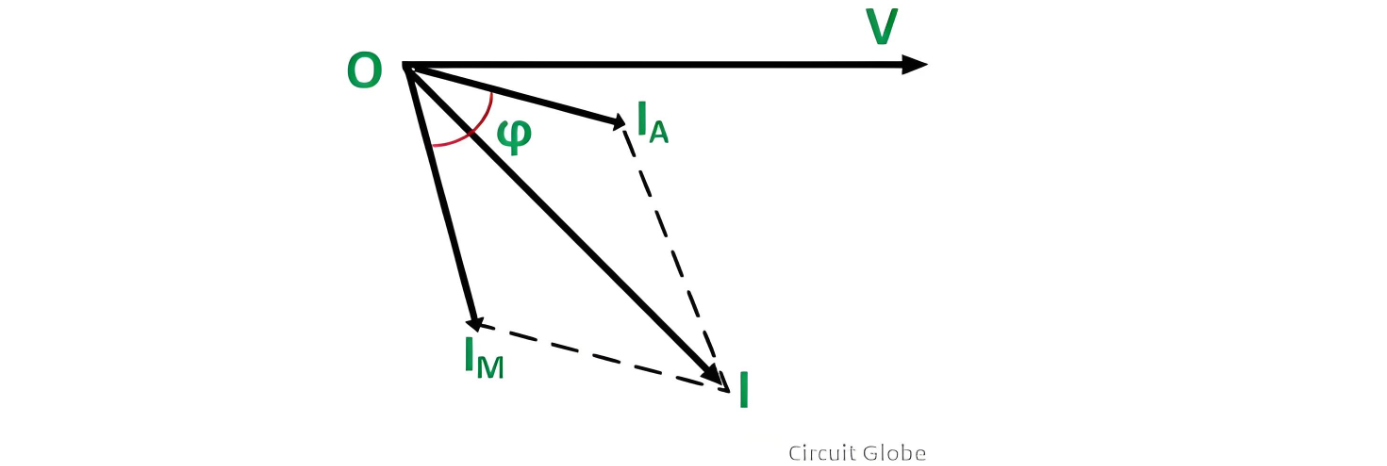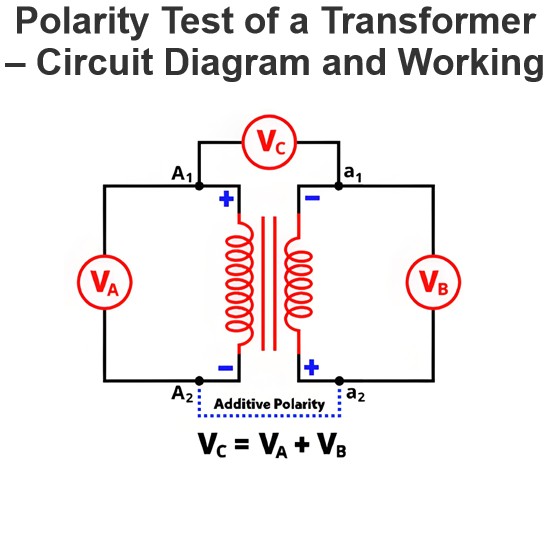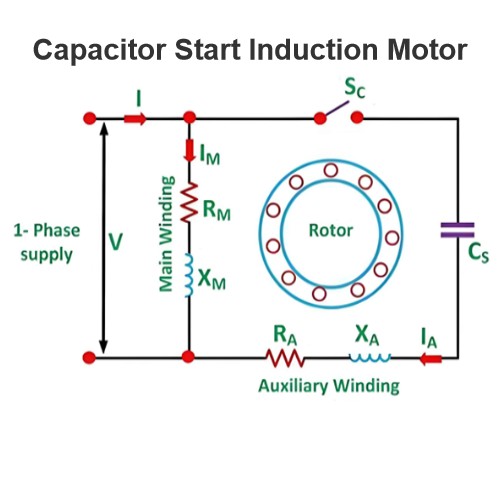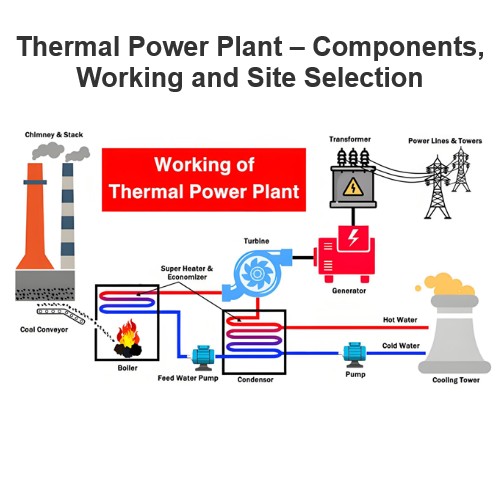Split Phase Induction Motor
The Split Phase Motor, alternatively referred to as a Resistance Start Motor, features a single - cage rotor. Its stator is equipped with two distinct windings: the main winding and the starting winding. These two windings are spatially displaced by 90 degrees, a configuration that plays a crucial role in the motor's operation.
The main winding is characterized by its very low resistance and high inductive reactance, while the starting winding exhibits the opposite characteristics, with high resistance and low inductive reactance. This disparity in electrical properties between the two windings is key to generating the necessary torque for starting the motor. The connection diagram of this motor is presented below, illustrating how these components interact within the electrical circuit:

A resistor is connected in series with the auxiliary (starting) winding. Due to this arrangement, the currents flowing through the two windings differ. Consequently, the resulting rotating magnetic field is non - uniform, leading to a relatively small starting torque. Typically, this starting torque is in the range of 1.5 to 2 times the specified running torque. At the moment of starting, both the main and starting windings are connected in parallel across the power supply.
Once the motor accelerates to approximately 70 - 80% of the synchronous speed, the starting winding is automatically disconnected from the power source. For motors with a rating of around 100 Watts or higher, a centrifugal switch is commonly employed to perform this disconnection. In contrast, for lower - rated motors, a relay serves the purpose of disconnecting the starting winding.
A relay is connected in series with the main winding. During the starting phase, a significant amount of current surges through the circuit, which causes the relay contacts to close. This action places the starting winding into the circuit. As the motor approaches its predetermined operating speed, the current flowing through the relay begins to decline. Eventually, the relay opens, severing the connection of the auxiliary winding from the power supply. At this point, the motor continues to operate solely on the main winding.
The phasor diagram of the Split Phase Induction Motor, which elucidates the electrical relationships and phase differences within the motor, is depicted below:

The current in the main winding, denoted as IM, lags behind the supply voltage V by nearly 90 degrees. In contrast, the current in the auxiliary winding, IA, is approximately in phase with the line voltage. This disparity in the phase relationship between the two windings results in a time difference between their currents. While the time phase difference ϕ is not a full 90 degrees, typically around 30 degrees, it is sufficient to generate a rotating magnetic field. This rotating magnetic field is crucial for initiating the motor's rotation and enabling it to operate.
The Torque - Speed Characteristic of the Split Phase motor, which illustrates how the torque output of the motor varies with its rotational speed, is presented below. This characteristic curve provides valuable insights into the motor's performance under different operating conditions and is essential for understanding its behavior and optimizing its use in various applications.

In the torque - speed characteristic of the Split Phase motor, n0 marks the rotational speed at which the centrifugal switch activates. The starting torque of the resistance - start motor typically measures around 1.5 times its full - load torque. At approximately 75% of the synchronous speed, the motor can achieve a maximum torque that is roughly 2.5 times the full - load torque. However, it's important to note that during starting, the motor draws a substantial current, amounting to about 7 to 8 times the full - load value.
Reversing the direction of a Resistance Start motor is a straightforward process. It can be accomplished by simply reversing the line connection of either the main winding or the starting winding. It's crucial to emphasize that this reversal can only be carried out when the motor is at a standstill; attempting to reverse it while in motion can lead to mechanical and electrical damage.
Applications of Split Phase Induction Motor
Split Phase Induction Motors are renowned for their affordability. They are well - suited for applications involving loads that are easy to start, especially when the frequency of starting operations is relatively low. Due to their limited starting torque, these motors are not ideal for drives requiring more than 1 KW of power. Nevertheless, they find extensive use in a wide range of common household and industrial appliances:
Home Appliances: They power components such as washing machines and air - conditioning fans, facilitating the smooth operation of these essential devices.
Kitchen and Cleaning Equipment: In the kitchen, they drive mixer grinders, while in cleaning applications, they are used in floor polishers, making daily chores more convenient.
Fluid Handling and Ventilation: Blowers and centrifugal pumps, which are vital for ventilation and fluid transportation in various systems, often rely on Split Phase Induction Motors for their operation.
Machining Tools: These motors also play a role in drilling and lathe machines, contributing to the precision and efficiency of machining processes.
In summary, the Split Phase Induction Motor, with its distinct characteristics and practical applications, remains a valuable component in the world of electrical engineering.
The Electricity Encyclopedia is dedicated to accelerating the dissemination and application of electricity knowledge and adding impetus to the development and innovation of the electricity industry.













